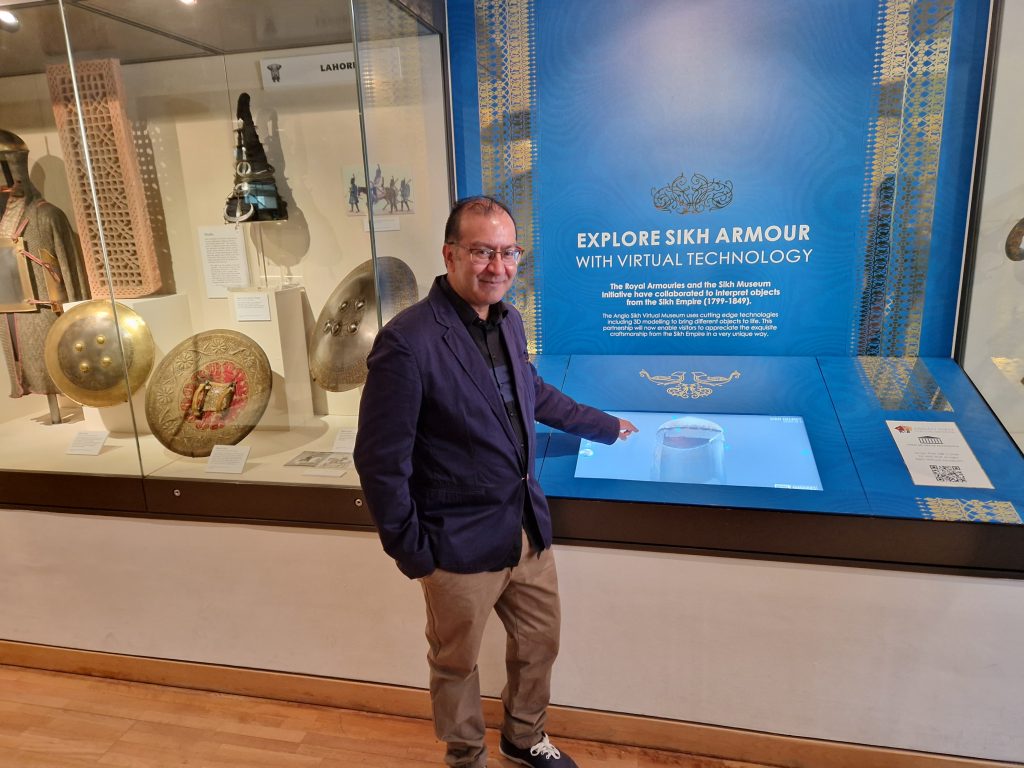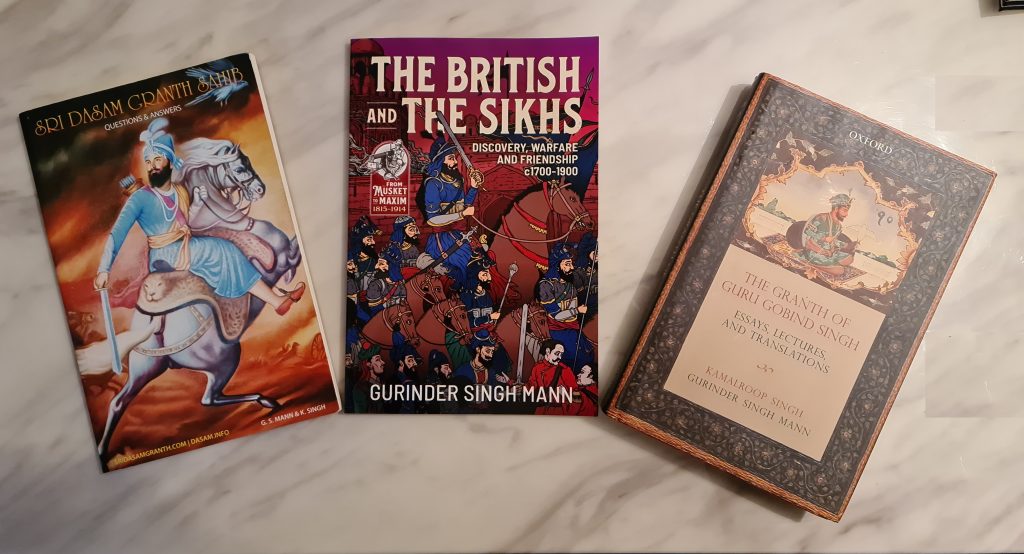When it comes to Sikh history, there is nothing that Leicester’s Gurinder Singh Mann doesn’t know…
He is a world renowned expert on the subject – a dedicated researcher, scholar, historian and author, who has spent
25 years researching and documenting the relationship between Sikhs and the British, between 1700 and 1900.

With four books under his belt (and three more on the way), his passion and interest in Sikh history knows
no bounds, and his list of career achievements is extensive. It began 25 years ago, when he began reading up on Sikhism, but realised that very little had been written on the subject. History books were sparse, and few and far between. But that, he decided, was all about to change…
“From about 1995, I began reading about the history, but the books that I was reading were exactly the same
– there was nothing new coming out and it was quite limited, especially in comparison to what was written about other faiths,” he tells Pukaar.
“There has been a long history linking the Sikhs to the British since the eighteenth century. However, this history is relatively unknown…”
Gurinder embarked on a Masters degree in ‘South Asian Religions,’ at De Montfort University, and the rest (as they say) is history.
After writing his first book, ‘The Granth of Guru Gobind Singh’, which was published by Oxford University in 2015, Gurinder was invited to lecture around the world.

Three more books followed, and his career went from strength to strength. One of his greatest achievements
is setting up ‘The Anglo Sikh Virtual Museum,’ which houses numerous Sikh relics and artefacts in the UK (www. anglosikhmuseum.com)
“Objects have been digitised and people can interact with them. It’s the first of its kind from the Sikh faith in any museum across the world,” he says proudly.
However, the crowning moment of Gurinder’s career (so far) came in 2022, when he headed up a project, to get
a statue of a Sikh soldier installed in Leicester’s Victoria Park.
The bronze statue honours Sikhs who fought for the United Kingdom during the two World Wars and many other conflicts around the world. Although accounting for less than 2% of the population of British India at the time, Sikhs made up more than 20% of the British Indian Army at the outbreak of hostilities during the Great War.
“I was interviewed by the BBC World Service and the news story was translated into ten different languages, which was amazing,” he said.
“When people walk by and take photographs and selfies with the statue, it makes me incredible proud. The sacrifice of the Sikhs in the World Wars and other campaigns have been underrepresented in the mainstream, but this statue will create an arena for greater dialogue and continued interfaith relations in the city and further afield. Moreover, it will serve as an educational tool for future generations.”
To find out more about Gurinder’s work, visit: www.sikhscholar.co.uk





